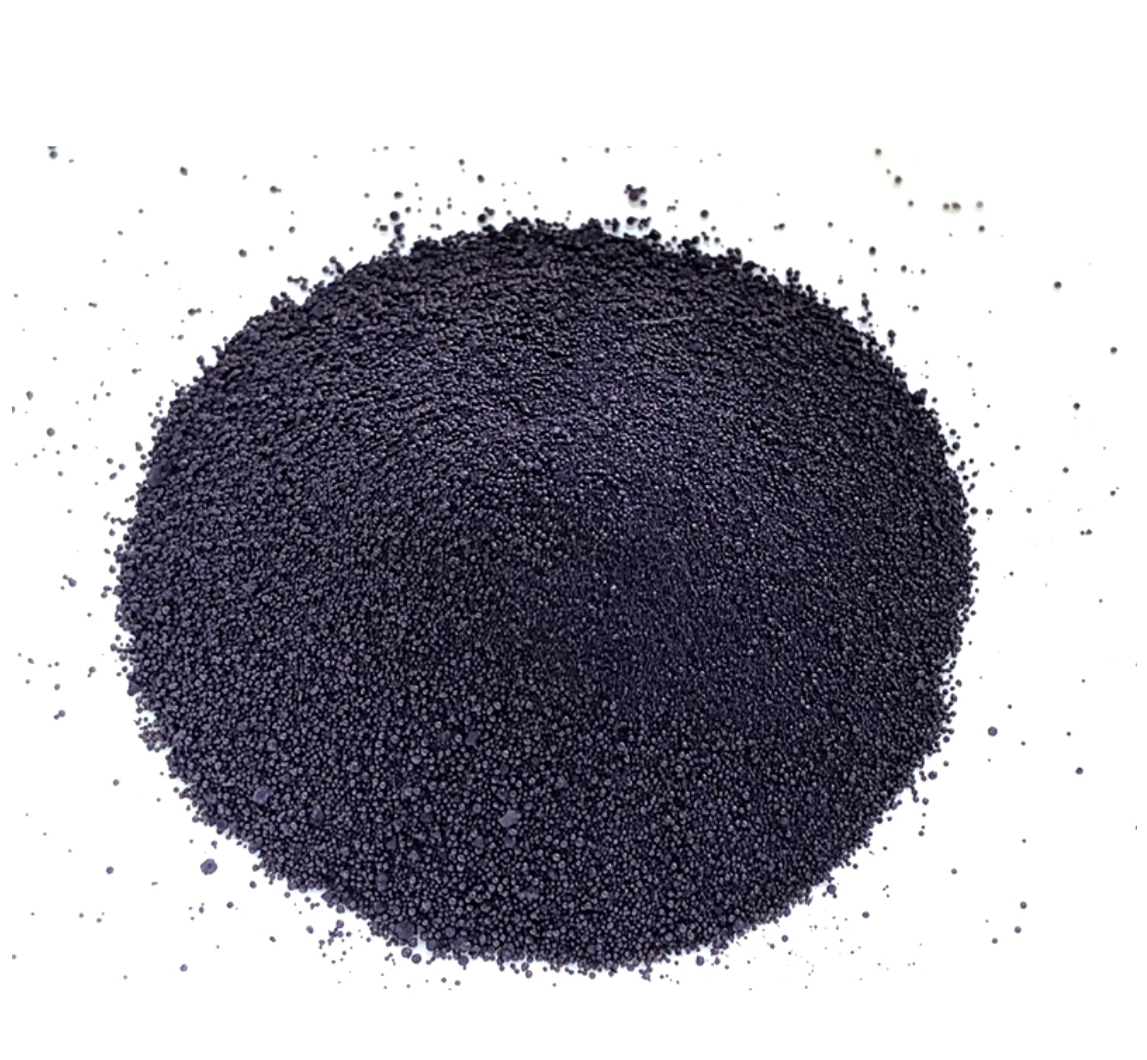Exploring the Rich History and Production Techniques of Indigo Dye Sourced from China
The World of Indigo Dye A Journey Through China's Rich Heritage
Indigo dye, often referred to as blue gold, has a long and storied history, particularly in China, where it has been cherished for its vibrant hue and cultural significance. The process of creating indigo dye dates back thousands of years, and China stands out as one of the earliest centers for indigo production, with methods passed down through generations.
The source of indigo dye is primarily derived from the leaves of the indigo plant, most notably *Indigofera tinctoria*. The plant thrives in warm climates, making it well-suited for cultivation in various regions of China. Historically, Chinese artisans cultivated the indigo plant and refined the dyeing techniques that would enhance textiles' rich colors and durability.
The World of Indigo Dye A Journey Through China's Rich Heritage
The dyeing process itself is a fascinating journey. Once the indigo leaves are harvested, they undergo fermentation to release the dye’s properties. The resultant liquid, known as indigo juice, is rich in color but initially appears green. Through a combination of aeration and chemical reactions, the liquid turns blue as it oxidizes. This process is a delicate balance of art and science, requiring skilled artisans to achieve the desired shades of blue.
china source indigo dye

In recent years, there has been a resurgence of interest in natural dyes, including indigo, as consumers become more conscious of the environmental impact of synthetic dyes. In response, many artisans in China have revived traditional techniques, aiming to produce sustainable, eco-friendly textiles that honor their heritage. This movement has not only helped preserve ancient practices but has also opened up new markets for traditional crafts and promoted cultural exchange.
The application of indigo dye is not limited to textiles alone. In China, it has been used in various forms of art, including paintings and pottery, creating a distinctive aesthetic. The versatility of indigo allows it to be combined with other colors, resulting in a broad spectrum of shades that can evoke different emotions and cultural meanings.
However, the journey of indigo dye in China is not without challenges. The industrialization of textile production has led to a decline in traditional methods, as mass production often prioritizes speed and cost over quality and craftsmanship. Additionally, the rise of synthetic dyes poses a threat to the longevity of the indigo dye industry. Despite these challenges, there is hope, as a growing interest in heritage crafts and sustainable practices brings new life to the age-old art of indigo dyeing.
In conclusion, indigo dye is more than just a color; it is a symbol of China’s cultural heritage, craftsmanship, and resilience. As artisans continue to innovate while honoring their traditions, indigo dye will undoubtedly remain an integral part of China’s rich tapestry. The vibrant blues that adorn textiles and artworks encapsulate not only the beauty of the material world but also the enduring spirit of those who create them. Whether through traditional garments or modern interpretations, the legacy of indigo dye in China will continue to be cherished for generations to come.
-
The Timeless Art of Denim Indigo Dye
NewsJul.01,2025
-
The Rise of Sulfur Dyed Denim
NewsJul.01,2025
-
The Rich Revival of the Best Indigo Dye
NewsJul.01,2025
-
The Enduring Strength of Sulphur Black
NewsJul.01,2025
-
The Ancient Art of Chinese Indigo Dye
NewsJul.01,2025
-
Industry Power of Indigo
NewsJul.01,2025
-
Black Sulfur is Leading the Next Wave
NewsJul.01,2025

Sulphur Black
1.Name: sulphur black; Sulfur Black; Sulphur Black 1;
2.Structure formula:
3.Molecule formula: C6H4N2O5
4.CAS No.: 1326-82-5
5.HS code: 32041911
6.Product specification:Appearance:black phosphorus flakes; black liquid

Bromo Indigo; Vat Bromo-Indigo; C.I.Vat Blue 5
1.Name: Bromo indigo; Vat bromo-indigo; C.I.Vat blue 5;
2.Structure formula:
3.Molecule formula: C16H6Br4N2O2
4.CAS No.: 2475-31-2
5.HS code: 3204151000 6.Major usage and instruction: Be mainly used to dye cotton fabrics.

Indigo Blue Vat Blue
1.Name: indigo blue,vat blue 1,
2.Structure formula:
3.Molecule formula: C16H10N2O2
4.. CAS No.: 482-89-3
5.Molecule weight: 262.62
6.HS code: 3204151000
7.Major usage and instruction: Be mainly used to dye cotton fabrics.

